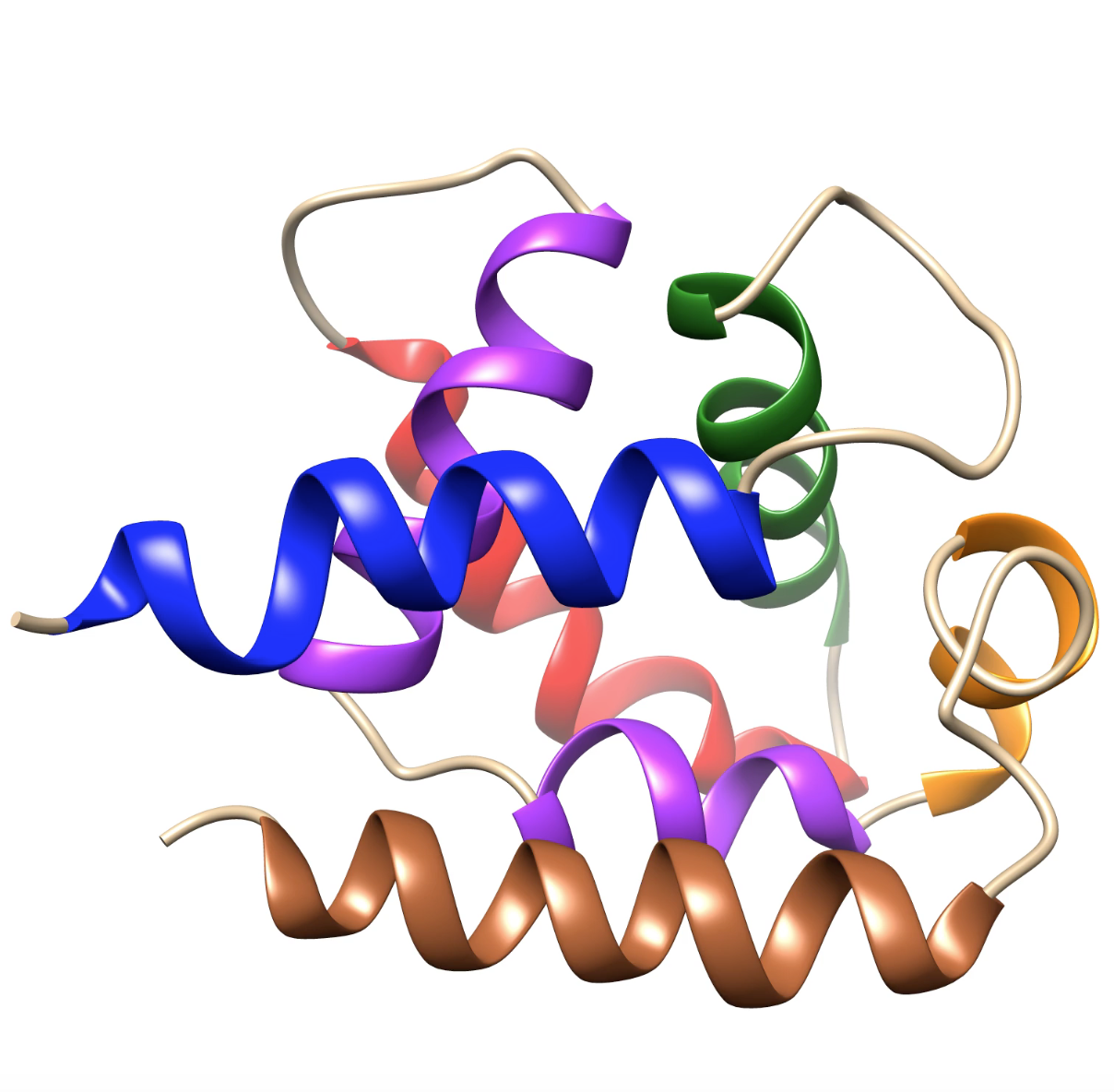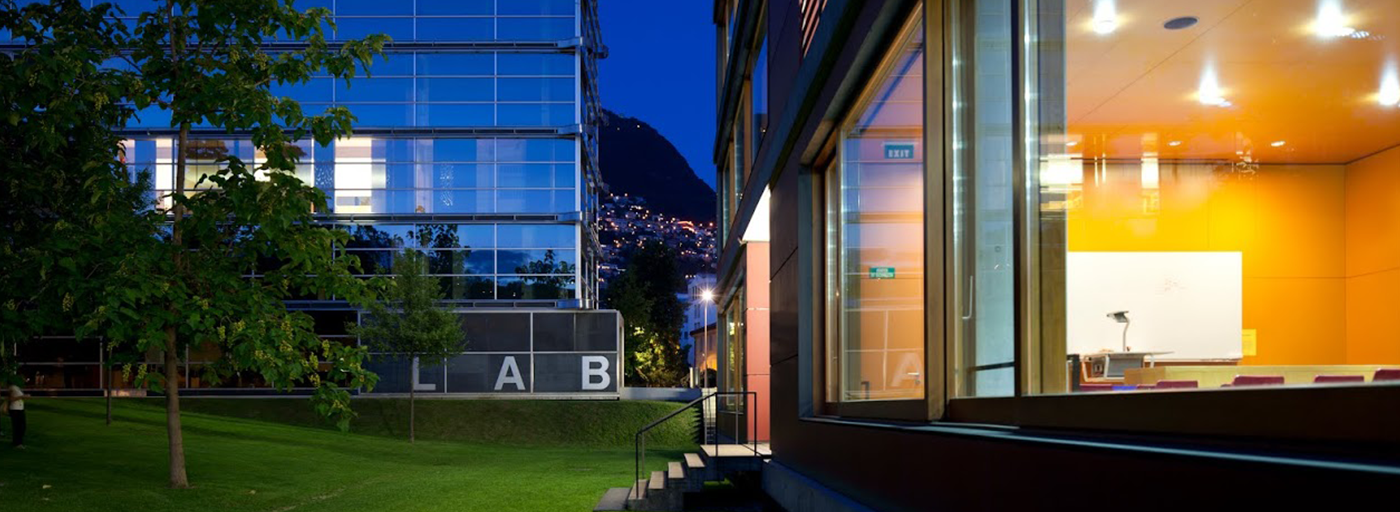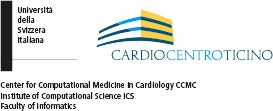
Extensive computer simulations investigate VPS34-Rubicon protein-protein interaction in autophagy
Autophagy is a catabolyc process employed by cells to dispose of and recycle cellular components, in order to main- tain an homeostatic environment. Currently, we know all the main players of the process, but how they interact is still an open question.
The attention of the scientific community for autophagy is focused on a multi-protein complex comprised of Bcl- 2-interacting protein (Beclin 1), phosphatidylinositol 3-kinase (VPS34), and phosphoinositide 3-kinase regulatory subunit 4 (VPS15). This complex is the acting core of the process and it is involved in all the stages of autophagy. However, another protein, called Rubicon (Run domain Beclin 1-interacting and cysteine-rich domain-containing protein), has been discovered in mammals and it is gaining importance since it is the only protein which exerts an inhibitory control on the core complex through the binding of its RUN domain to VPS34 (the catalytic protein of the complex).
The research plan consists in investigating the binding interaction between VPS34 and the RUN domain of Rubicon. To this purpose, we need the three-dimensional structure of both the proteins. While VPS34 is present in the protein databank, Rubicon has no resolved structure, thus the RUN domain needs to be modeled (see Results chapter for more information). The final goal will be to characterize structurally and energetically the binary complex VPS34/RUN domain.
We used web servers to develop a sequence alignment study, homology modeling to build the three-dimensional structure of the Rubicon’s RUN domain and a series of atomistic calculations, namely classic Molecular Dynamics simulations. Future objectives will involve the application of molecular docking calculations and free-energy techniques, such as Funnel Metadynamics (FM).
The insights obtained in this study will contribute to the understanding of autophagy and might also be very useful to develop drugs for recovery of autophagy in pathological conditions. In fact, by inhibiting the formation of the complex VPS34/RUN domain we would decrease the negative modulation exerted by Rubicon, thus reestablishing the cellular innate safeguard system.
Prof. Dr. Vittorio Limongelli; ; PI; ICS
PhD Stefano Raniolo; ; ICS
Telethon Institute of Genetics and Medicine (TIGEM);
NA;




